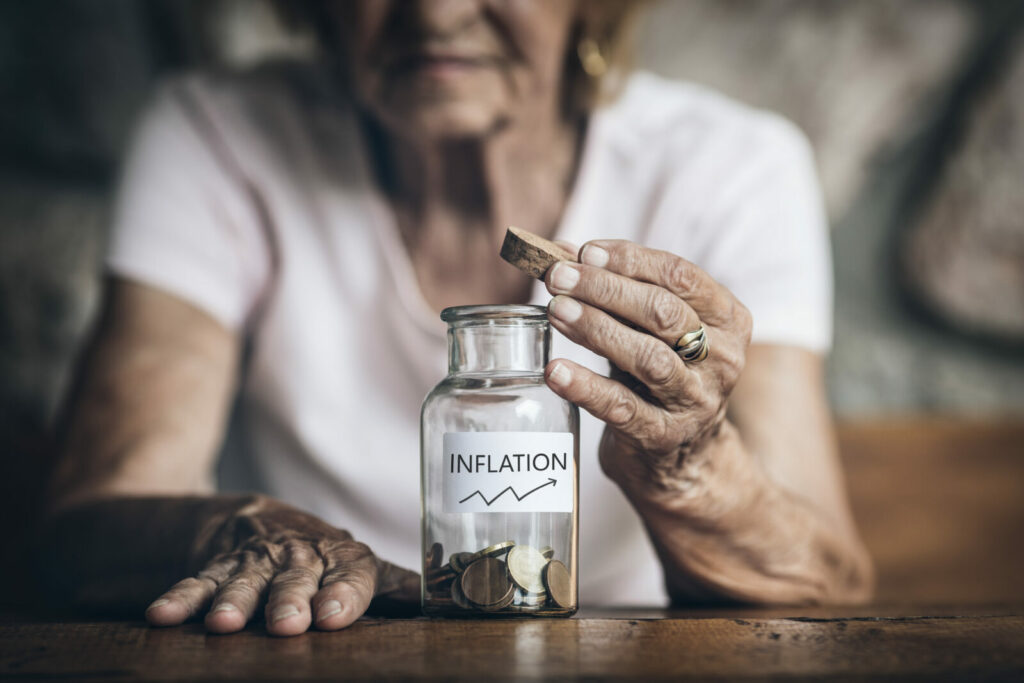The 5th Republic, which began in June 1958, aimed to make the role of the President of the Republic central and to strengthen executive power by electing the President by direct universal suffrage. The first presidential election of the 5th Republic was held on 21 December 1958. At the time, it was a one-round election and three candidates were in the running: Charles de Gaulle, 68 years old, Georges Marane, 70 years old and Albert Chatelet, 75 years old. Of the three, Charles de Gaulle, the youngest, was well over 65, an age perceived by society as much older than today. In 1958, at the height of the Baby Boom, the average age of the French was 34.9 years. The three candidates were therefore far removed from the average age of the population.
If we look at the candidates in the second round of the presidential elections since 1958, we can see that their age has been falling steadily, with an acceleration since 2007 following the election of Nicolas Sarkozy. If we look at the elected Presidents, the trend is even more marked with the exception of Valéry Giscard d’Estaing, who was elected President at 48 in 1974.
This trend is the opposite of that of the population, whose average age has been increasing since 1958. The average age of the population has risen from 34.9 years in 1958 to 42.2 years in 2022, an increase of 7.3 years. An ageing France is electing younger and younger presidents.
However, this is not the case in all countries, as shown by the American presidential election of 2021, when Donald Trump was 74 years old and Joe Biden 77.




